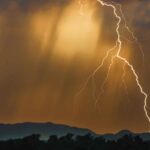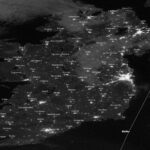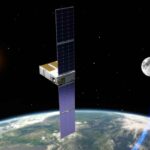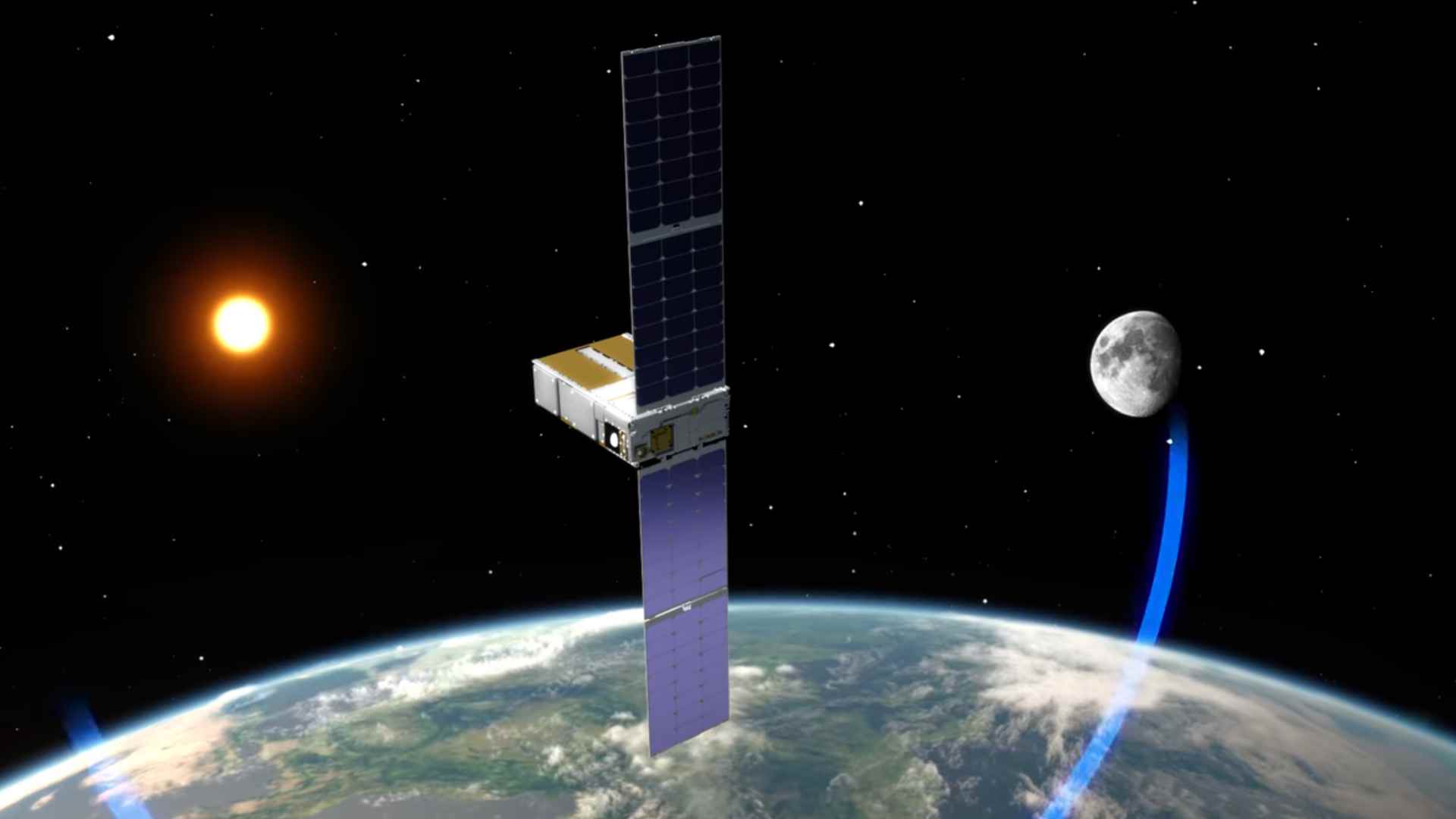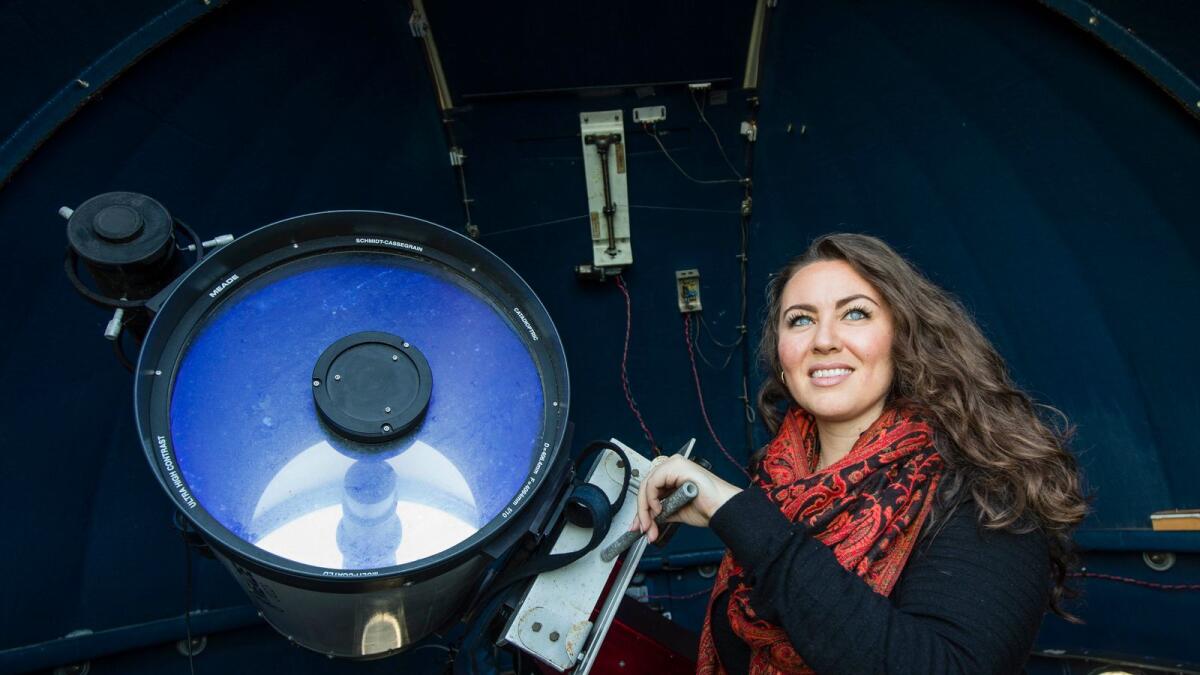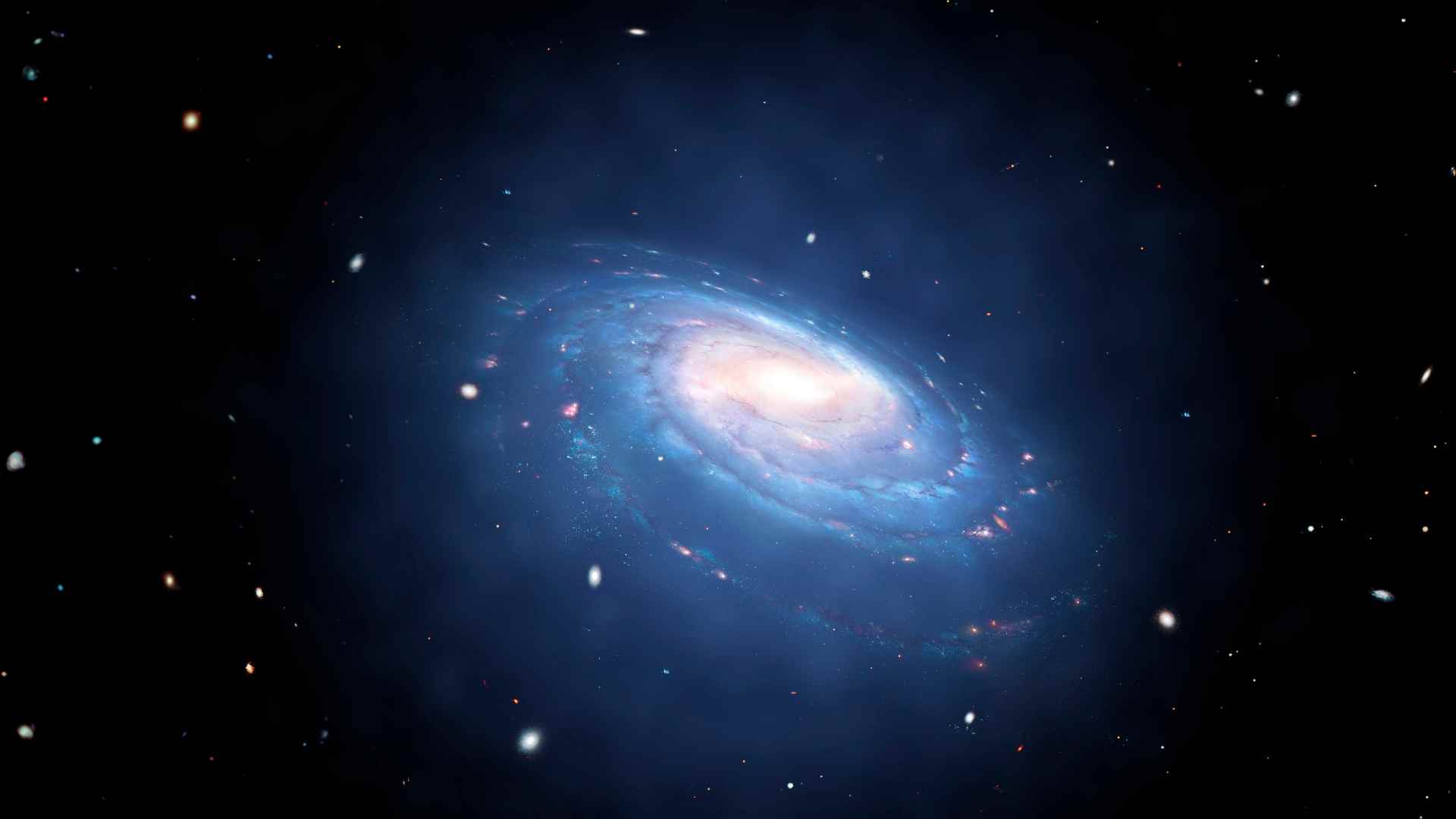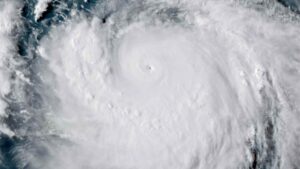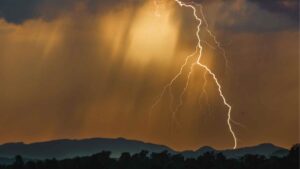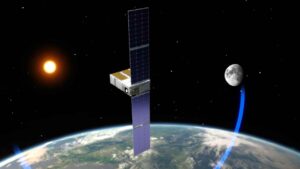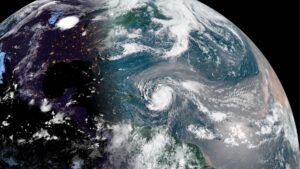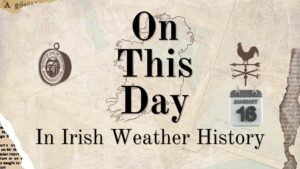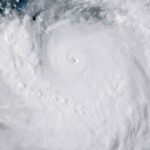
Radio Signals Could Reveal the Universe’s First Stars
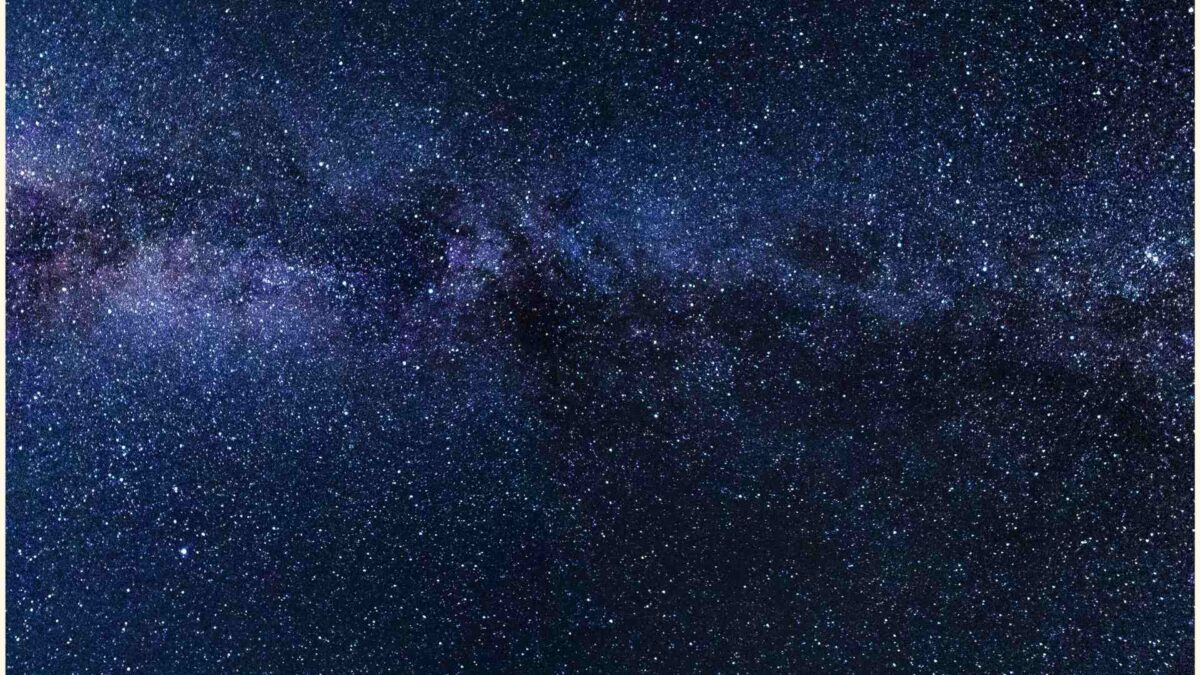
How did the universe light up after the Big Bang? Scientists may soon have an answer — not through telescopes, but via faint radio waves from over 13 billion years ago.
An international team led by Cambridge astronomers has shown that a special radio signal known as the 21-centimetre line, emitted by ancient hydrogen atoms, could reveal the masses of the very first stars — long before we can ever see them directly.
“These signals come from just 100 million years after the Big Bang,” said Professor Anastasia Fialkov of Cambridge. “They hold vital clues to how the first stars lit up the universe.”
The findings, published in Nature Astronomy, show that upcoming radio telescopes like REACH and the Square Kilometre Array (SKA) could decode how these early stars shaped cosmic evolution — and how their explosive deaths created X-ray binaries that left fingerprints on the 21-cm signal.
Unlike the James Webb Space Telescope, which captures dazzling images, REACH and SKA will use radio waves to map entire populations of ancient stars, helping unlock the mysteries of the Cosmic Dawn — the universe’s great turning point from darkness to light.
“We now have a roadmap for uncovering the hidden history of the very first stars,” said Dr Eloy de Lera Acedo, co-lead of the REACH project. “It’s the beginning of a new era in astronomy — where radio signals tell the story light can’t.”
Share this WeathÉire story: